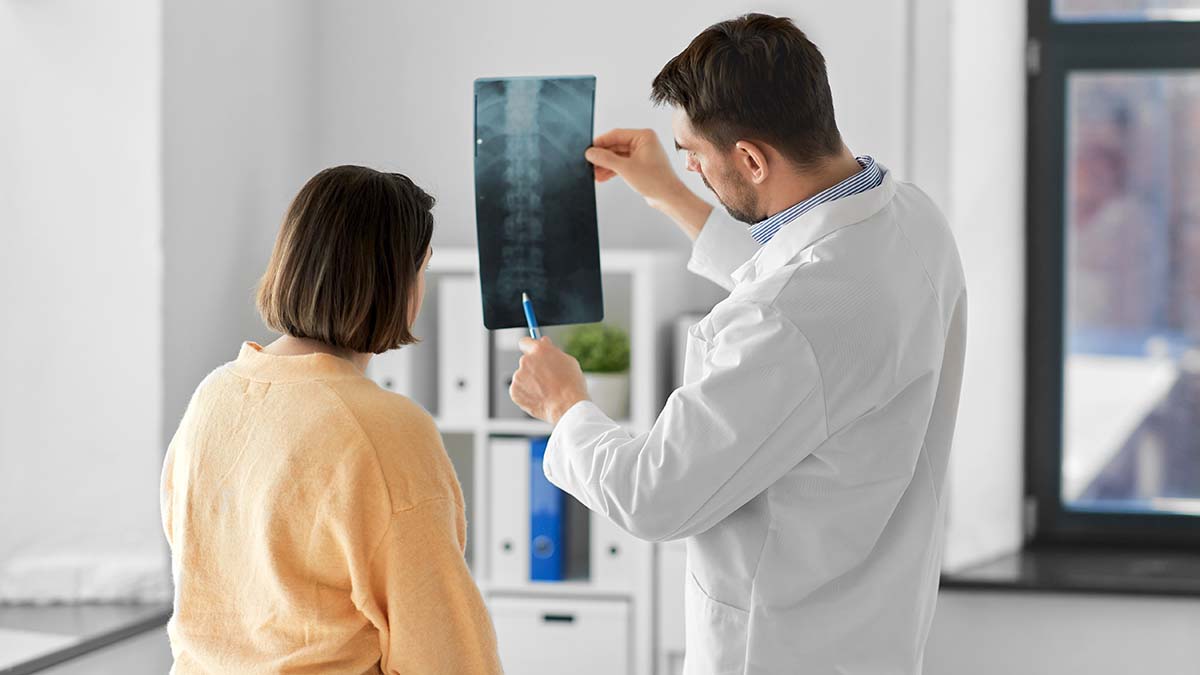[ad_1]
On ygeiamou.gr, Mr. Vasilios Zerris, Neurosurgeon, Director of the 3rd Neurosurgery Clinic HYGEIA, talks about the advantages offered by minimally invasive spine surgery in a multitude of diseases
The diseases of the spine are the most frequent reason for referral to a neurosurgeon. Symptoms such as pain in the waist or neck, its reflection in the upper or lower limbs, muscle weakness and sensory disturbances raise the suspicion of such a pathology. The clinical examination and the paraclinical tests (magnetic or computed tomography, x-rays, electromyogram) help the doctor to locate and safely diagnose the condition.
In the minds of patients, spine surgery is traditionally seen as a heavy open surgical technique with large incisions, a lot of post-operative pain and heavy recovery.
Recent technological advances now allow the surgeon to treat a multitude of spinal conditions through so-called minimally invasive surgery.
Minimally invasive surgery
Advantages of this method are smaller surgical incisions with consequent minimization of blood loss, less post-operative pain and low risk of post-operative infections. This means faster patient mobilization, reduced post-operative hospital stay and less need for pain medication.
THE minimally invasive surgery technique can treat a multitude of conditions including intervertebral disc herniationnarrowing of the spinal canal, traumatic injuries (fractures), instability of the spine (spondylolisthesis), scoliosis and spinal tumors.
The use of special cylindrical dilators, endoscopic camera and intraoperative CT scanner is the modern alternative treatment technique.
Cylindrical dilators enter through a small incision (millimeters long) in the skin and by penetrating the muscles atraumatically they approach the point where the problem is located without damaging the patient’s normal anatomy.
The endoscopic method is similar, where the position of the microscope is replaced by the endoscope (camera). It is a copy of the technique of laparoscopic or arthroscopic procedures, as it is a similar camera. The incision is again a few millimeters long with minimal post-operative pain and quick recovery.
A very important tool that has been added relatively recently to the surgeon’s quiver is the so-called O-poor. It is essentially one mini CT scanner which is located inside the operating room. It is considered particularly useful in cases of spinal fusion. The placement of the screws is done with the guidance of the O-arm, virtually eliminating the possibility of error. Surgical incisions are made on the side of the spine avoiding extensive muscle interventions. In this way, the recovery is very fast and the patient usually leaves the hospital one to two days after the operation instead of the seven to ten required by the conventional method.
In conclusion, minimally invasive spinal surgery is a safe method of treating a wide range of diseases and allows excellent results, with minimal post-operative pain, quick recovery and immediate return to everyday life.
At the 3rd Neurosurgery Clinic of HYGEIA, headed by Professor of Neurosurgery, Mr. Vasilios Zerris, we treat each patient with a spinal condition individually, utilizing our many years of experience in the USA in combination with the leading logistical infrastructure of the HYGEIA clinic.
